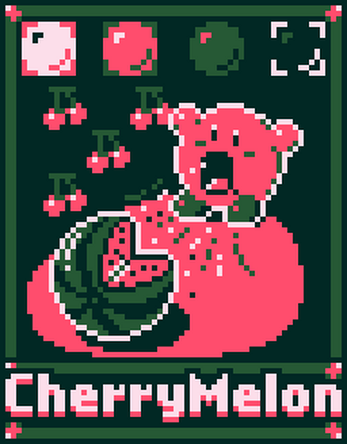

There are two identical whites, one of the blacks has less-than-zero brightness, and one of the lighter grays is within 2% of another, so sometimes the palette has been reported to have 52 to 55 colors.
Aseprite add color to palette series#
The 54-colors can be created based on four luma values, twelve combinations of I and Q chroma signals and two series of I = Q = 0 for several pure grays. The Picture Processing Unit (PPU) used in the Nintendo Entertainment System generates color based on a composite video palette. Resolution was 160×102 pixels and it was possible to use 16 simultaneous colors per scanline. The video hardware was custom built and designed by Jay Miner and David Morse It used two chips, named Mikey and Suzy.

The Atari Lynx used a 4096-color palette. This section needs expansion with: a simulation of the sample image. The SECAM palette was reduced to a simple 3-bit RGB, containing only 8 colors (black, blue, red, magenta, green, cyan, yellow and white) by mapping the luma values: With the system's actual color restrictions (and proper change in aspect ratio), the same image would look very different: The above image assumes there is no limit on the number of colors per scanline. 128-color entries could still be selected, but due to the different color encoding scheme, 32 color entries results in the same eight shades of gray: With the PAL format, a 104-color palette was available. The above image assumes there is no limit on the number of colors per scan line. With the NTSC format, a 128-color palette was available, built based on eight luma values and 15 combinations of I and Q chroma signals (plus I = Q = 0 for a pure grayscale): It generated different YIQ color palettes dependent on the television signal format used. The Television Interface Adaptor ( TIA) is the custom computer chip that generated graphics for the Atari Video Computer System game console.


 0 kommentar(er)
0 kommentar(er)
